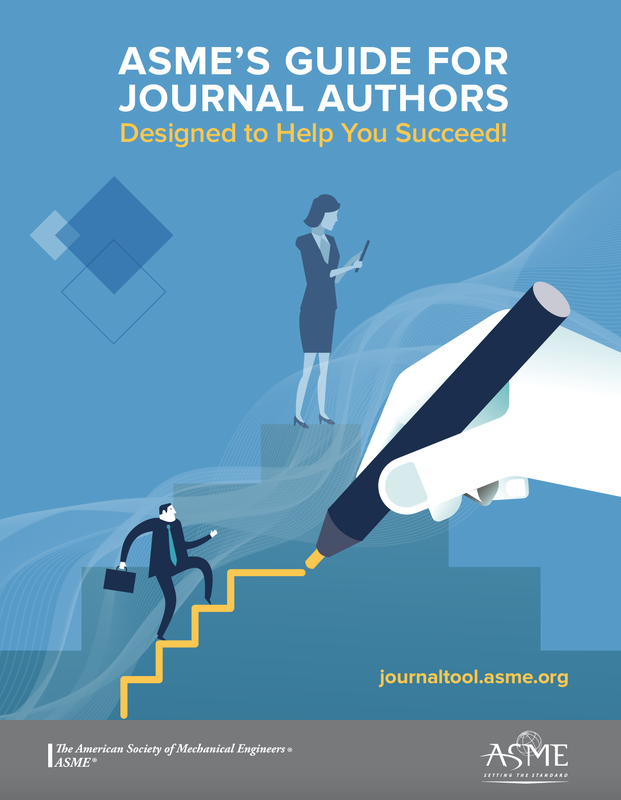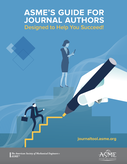|
Back to Blog
2020 Reviewer Recognition3/31/2021 JCND is pleased to announce the winners of the 2020 Reviewers of the Year Award: Chandan Bose University of Liege Olivier Bauchau University of Maryland Francisco Gonalez University of A Coruña Oumar Barry Virginia Tech The Reviewers of the Year Award is given to reviewers who have made an outstanding contribution to the journal in terms of the quantity, quality, and turnaround time of reviews completed during the past 12 months. The prize includes a Wall Plaque, 50 free downloads from the ASME Digital Collection, and a one year free subscription to the journal. See full list of 2020 Reviewers
0 Comments
Read More
Back to Blog
Jan Awrejcewicz Department of Automation, Biomechanics and Mechatronics, Lodz University of Technology, Lodz 92-924, Poland José M. Balthazar Department of Electronics Federal, University of Technology—Parana (UTFPR), Ponta Grossa-PR 90-924, Brazil Paweł Olejnik Department of Automation, Biomechanics and Mechatronics, Lodz University of Technology, Lodz 90-924, Poland J. Comput. Nonlinear Dynam. Dec 2020, 15(12): 120301 This special issue is dedicated to selected papers from the 2019 Dynamical Systems—Theory and Applications (DSTA) conference held in Lodz, Poland, from December 2 to 5. The DSTA conferences have over a 25-year long history, and they have been organized under the patronage of the Committee of Mechanics of the Polish Academy of Sciences.
In recent times, a considerable volume of research efforts have been undertaken in the fields of identification and mathematical description of nonlinear dynamics and nonlinear vibrations associated with energy harvesting systems, piezo-electric material or smart material beams, nanoplates, and cracks at different length scales. With regard to them, algebraic and differential mathematical models, as well as efficient computational techniques for dynamical analysis of the physical effects such as influence of magnetic fields, coupled oscillations in the vicinity of resonances, nonideal sources of excitation, transient bursting states, generation of flexural waves, and hysteretic damping are covered through the seven carefully selected papers included in this special Issue. The different contributions reflect the interest in the study of mechanical, electrical, magnetic, and other properties of nanostructures, the use of vibration energy in many natural and artificial systems, and coupled oscillators, such as FitzHugh–Nagumo subjected to external noise. Read more... |
 RSS Feed
RSS Feed


